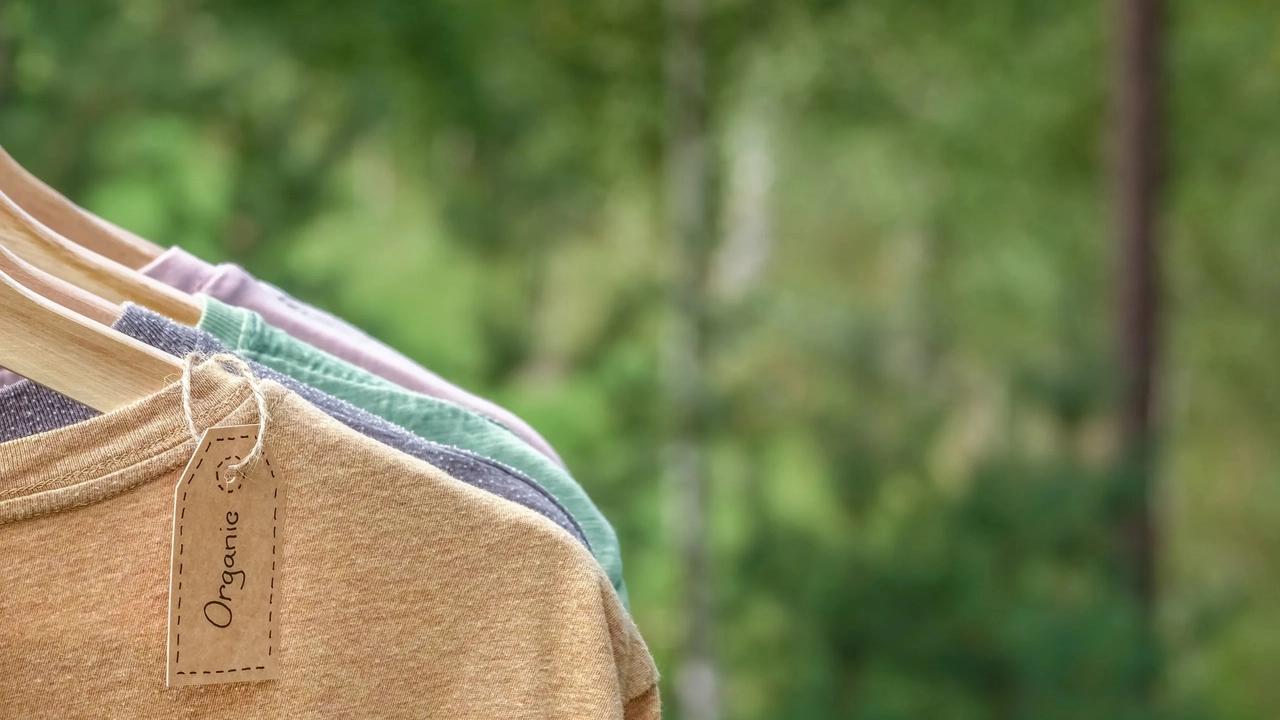
Stepping into the World of Sustainable Fashion
Just a week ago, I found myself prodding through my wardrobe, staring at the mountains of clothing, some of which I scarcely remembered purchasing. As I pulled out an old polyester jumper that could tell a tale or two, I got to thinking about the journey it took to get here and what a wasteful process conventional clothing manufacturing can be. So, let's dive into the often-underexplored concept of sustainable fashion - something very close to my heart and growing in importance worldwide. This exploration will provide fascinating insights into eco-friendly fabrics, dyes, and manufacturing processes which all contribute to sustainable fashion.
Eco-friendly Fabrics- Nature's Wardrobe
As I hefted my PVC jacket out of the wardrobe and cheekily checked if it still fitted (nope, lockdown weight is quite real folks!), it was the perfect time to consider the environmental impact of my fashion choices. Once upon a time, just a label-scan in the department store to check for the natural-ness of the fabric was enough. But the progression to a sustainable fashion approach involves diving in deeper beyond just the physical nature of the fabric and into the manufacturing processes involved. Today I'm going to be discussing some of the most popular eco-friendly fabrics: Organic cotton, Hemp, Bamboo, and Recycled Polyester.
Organic Cotton- Balancing Style with Sustainability
What's so different about organic cotton, you ask? Brace yourself for some serious cotton-talk here! Producing one kilogram of conventional cotton uses up a staggering 10,000 to 20,000 litres of water. In contrast, organic cotton practices help in significant water conservation, with an estimated water-saving of up to 91% in some cases. It's also way less harmful to the environment due to the absence of harmful pesticides and fertilisers. So, the next time you're in the market for a cotton shirt, consider the organic option. Your style swagger will be just as high, with the added bonus of that warm fuzzy feeling you get when you make a sustainable choice!
Hemp- A Green Fabric Force
Now, the word 'hemp' might have just raised a few eyebrows and I assure you, it's not what you're thinking. Hemp has been used for thousands of years for various purposes, and has now re-emerged as one of the leading sustainable fabric options. It's a relatively low-maintenance crop, requiring little water and no pesticides to grow. Fun fact: It's so robust that it can grow in practically any soil condition! So, for those of you who've thought fashion could never be hardcore, Hemp begs to differ!
Bamboo - The Pandas Got it Right
With bamboo fabric, just visualize yourself walking around draped in the lush greenery of a mystic bamboo forest. Sure, there aren't many bamboo forests here in Adelaide, but that doesn't stop a man from dreaming now, does it? Bamboo is a fantastic sustainable fabric option due to its rapid growth rate and low water usage. Plus, bamboo fabric is breathable, moisture-absorbing, and has natural anti-bacterial properties. Who would've guessed that your next shirt could act like a mini air-conditioner and anti-bacterial shield?
Recycled Polyester - When Waste Becomes Wardrobe Wonders
As I shoved my old polyester jumper back into the closet, I wondered, what if it could have been made out of recycled materials? Recycled polyester creates a second life for things like plastic bottles and industrial waste, turning them into wardrobe gold. It uses less water and energy to produce, plus it saves an enormous quantity of waste from clogging up our landfills. So it's quite win-win, wouldn't you think?
Vibrant yet Eco-friendly Dyes
Now, let's exit the fabric talk and step into the vibrant world of eco-friendly dyes. Traditional dyes bring a laundry list of environmental issues - ranging from harmful chemicals used in their production, to the poisoning of water bodies when used water from dyeing is dumped. Enter, eco-friendly dyes! Made from natural ingredients like plants, insects, and even minerals, they are biodegradable and non-toxic. So, your splash of colour got a lot greener!
Sustainable Manufacturing- Behind the Glitz and Glam
We've talked fabric, we've talked colours, and now it's time to get into the nitty-gritty that holds it all together - the manufacturing process. Sustainable manufacturing practices have a cascade of positive effects. They minimize waste, utilize resources optimally, consume less energy, and significantly cut down on pollution. It also involves fair trade practices, ensuring workers' rights and working conditions are respected - so our guilt-free attire is truly guilt-free on all fronts!
In conclusion, my deep wardrobe cleanse became less about space-making and more about consciousness-rising. Sustainable fashion is more than a trend; it's a responsibility we bear as consumers. It reminds us of the power our purchases have on the health of our planet and its inhabitants. By embracing sustainable fashion, we're also preserving our global wardrobe - our earth. So, are you ready to strut your stuff in style and sustainability? I know I am!



